The ocean’s depths harbor hunters that have mastered the art of ambush rather than relying on raw pursuit power. While predators like sharks and marlins are celebrated for their impressive speeds, a fascinating array of marine hunters employ stealth, camouflage, and cunning tactics to secure their meals. These patient predators demonstrate that in the evolutionary arms race of predator versus prey, sometimes the most effective strategy isn’t being the fastest but rather the most deceptive. From masters of disguise to practitioners of patience, these twelve ocean predators prove that stealth can be just as deadly as speed in the underwater realm.
12. Anglerfish The Deep-Sea Lure Master
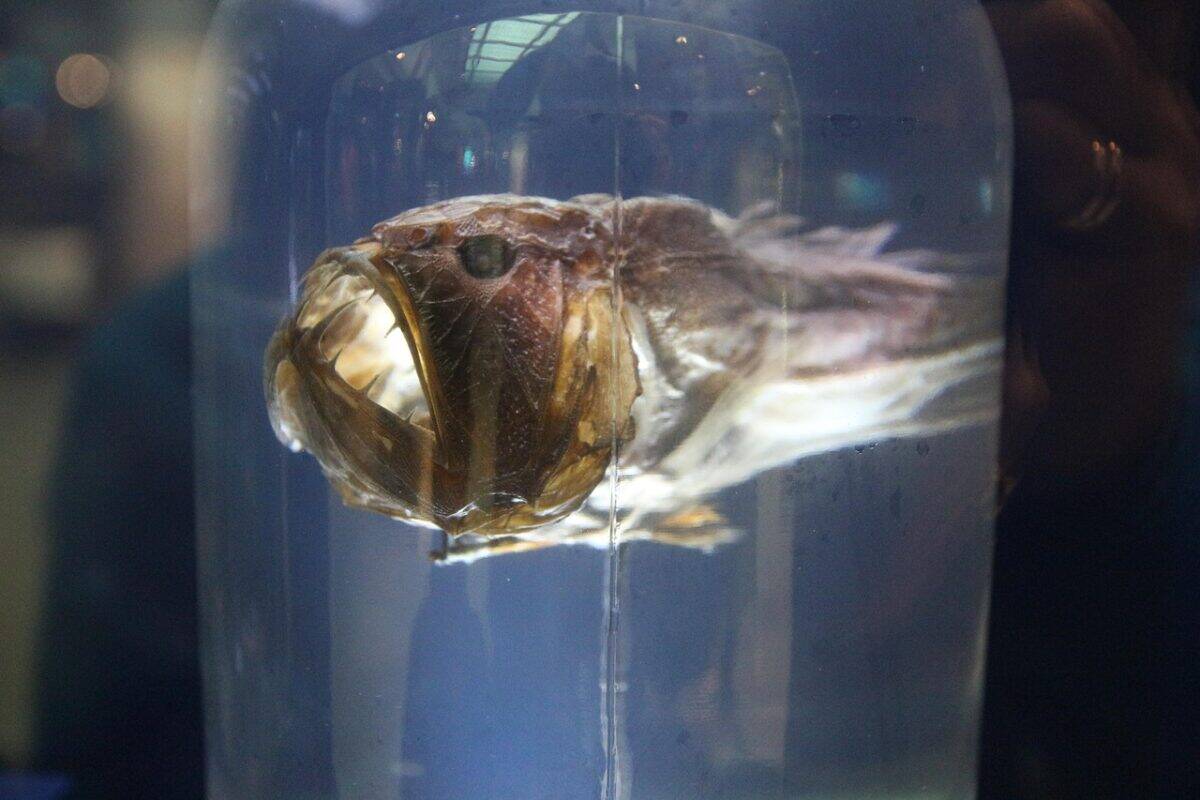
Dwelling in the ocean’s darkest depths, the anglerfish has perfected one of nature’s most remarkable hunting strategies. Its most distinctive feature is the bioluminescent lure (illicium) that extends from its head, resembling a fishing rod with bait. This natural lantern, powered by symbiotic bacteria, produces an eerie glow that attracts curious prey in the otherwise pitch-black environment. When an unsuspecting fish approaches the light, the anglerfish strikes with lightning speed, expanding its massive jaw to engulf prey much larger than itself. With needle-like teeth that angle inward, escape becomes impossible once a victim enters its mouth. Rather than chasing after meals in the vast darkness, the anglerfish has evolved to let dinner come to it—a perfect example of how energy conservation through stealth can be evolutionarily advantageous in resource-scarce environments.
11. Stonefish The Deadly Impersonator

Considered the most venomous fish in the world, the stonefish’s hunting strategy relies on being virtually indistinguishable from the rocky seafloor it inhabits. Its warty, textured skin and mottled coloration perfectly mimic surrounding rocks, coral, and debris, allowing it to vanish in plain sight. This master of disguise remains motionless for days, waiting for small fish to swim within striking distance. When prey ventures too close, the stonefish can strike in as little as 0.015 seconds—faster than a camera flash. Its attack involves opening its mouth to create a powerful suction force while simultaneously lunging upward. Beyond its perfect camouflage, the stonefish possesses 13 sharp dorsal spines containing potent neurotoxins that can be fatal to humans. These spines, normally laid flat, raise when the fish feels threatened, making this ambush predator dangerous to both its prey and potential predators.
10. Wobbegong Shark The Living Carpet

Unlike its faster shark relatives, the wobbegong has evolved to become nature’s version of a living carpet. These bottom-dwelling sharks possess flattened bodies adorned with elaborate patterns of spots and saddles that blend seamlessly with the seafloor. Their most distinctive features are the fringed, weed-like lobes surrounding their mouth, which further break up their outline against the textured ocean bottom. When hunting, wobbegong sharks remain completely still, virtually undetectable among coral, rocks, and seaweed. They patiently wait for small fish, crustaceans, or octopuses to swim directly over their camouflaged heads. With remarkable speed—contrasting their otherwise sluggish movement—they can snap upward and capture prey in their surprisingly large jaws. Some species can even lure fish closer by wiggling their tail to mimic the movement of a small fish, showcasing how these sharks combine both camouflage and mimicry in their stealth hunting approach.
9. Frogfish The Speedy Ambusher
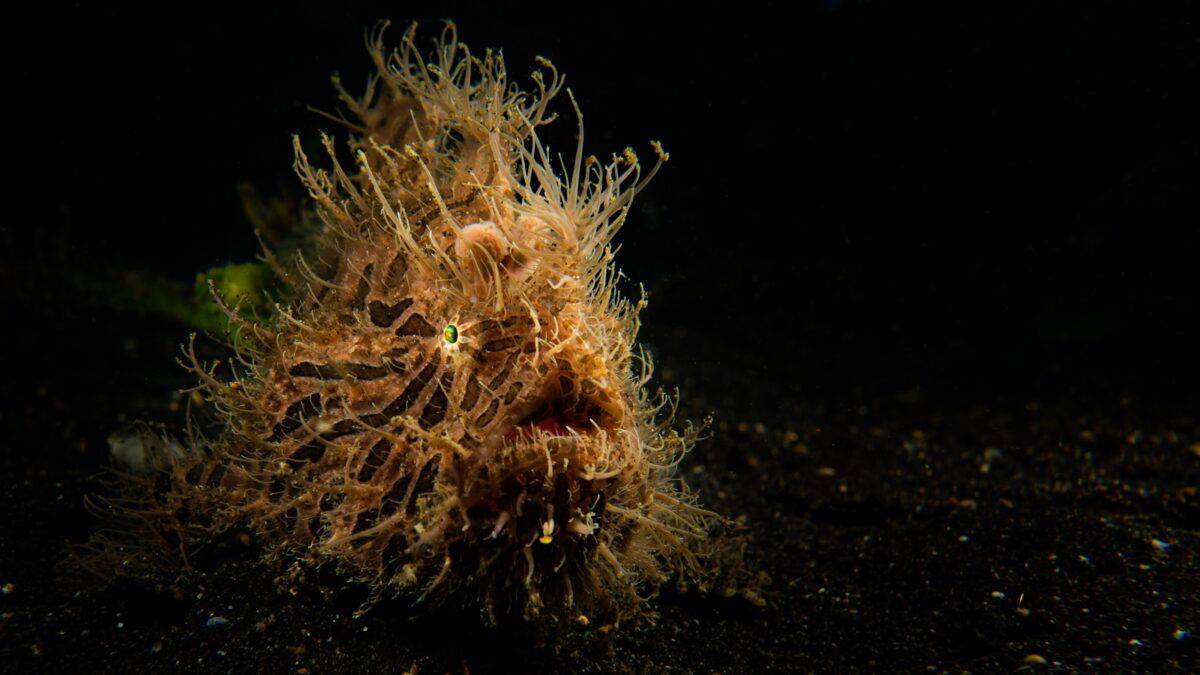
The frogfish may be among the ocean’s most peculiar-looking predators, but its bizarre appearance serves a deadly purpose. These members of the anglerfish family possess the remarkable ability to change color over days or weeks to match their surroundings, whether it’s sponges, coral, or algae-covered rocks. Their skin often features textured appendages that further enhance their disguise by breaking up their silhouette. Like their deep-sea cousins, many frogfish species possess a modified dorsal spine called an illicium that acts as a fishing lure to attract prey. What makes frogfish truly exceptional is their strike speed—they can engulf prey in as little as 6 milliseconds, making it one of the fastest feeding strikes in the animal kingdom. Their mouth expands to create a powerful vacuum that sucks in prey before it can react. This explosive motion is so rapid that many prey items never register the danger until they’re already inside the frogfish’s mouth. Despite being poor swimmers, frogfish don’t need speed for travel when their hunting technique is among nature’s quickest.
8. Octopus The Shape-Shifting Hunter

The octopus represents perhaps the most sophisticated combination of intelligence and stealth in the marine world. These cephalopods possess an unparalleled mastery of camouflage, capable of instantaneously changing both color and texture to match virtually any background. This remarkable ability comes from specialized cells called chromatophores, papillae, and iridophores that can create patterns ranging from solid colors to complex mottling. Beyond simple background matching, octopuses can mimic other marine creatures, from flatfish to sea snakes, depending on the situation. When hunting, an octopus often employs a “blanket strategy,” slowly approaching prey before rapidly expanding its webbed arms to envelop the victim. Their soft bodies allow them to squeeze through incredibly tight spaces—any opening larger than their beak is navigable—enabling them to pursue prey into crevices and holes. Once captured, prey is typically subdued with venom from the octopus’s salivary glands and consumed using their powerful beak. The combination of problem-solving intelligence, adaptive camouflage, and physical dexterity makes octopuses among the ocean’s most sophisticated stealth predators.
7. Crocodile Fish The Patient Predator
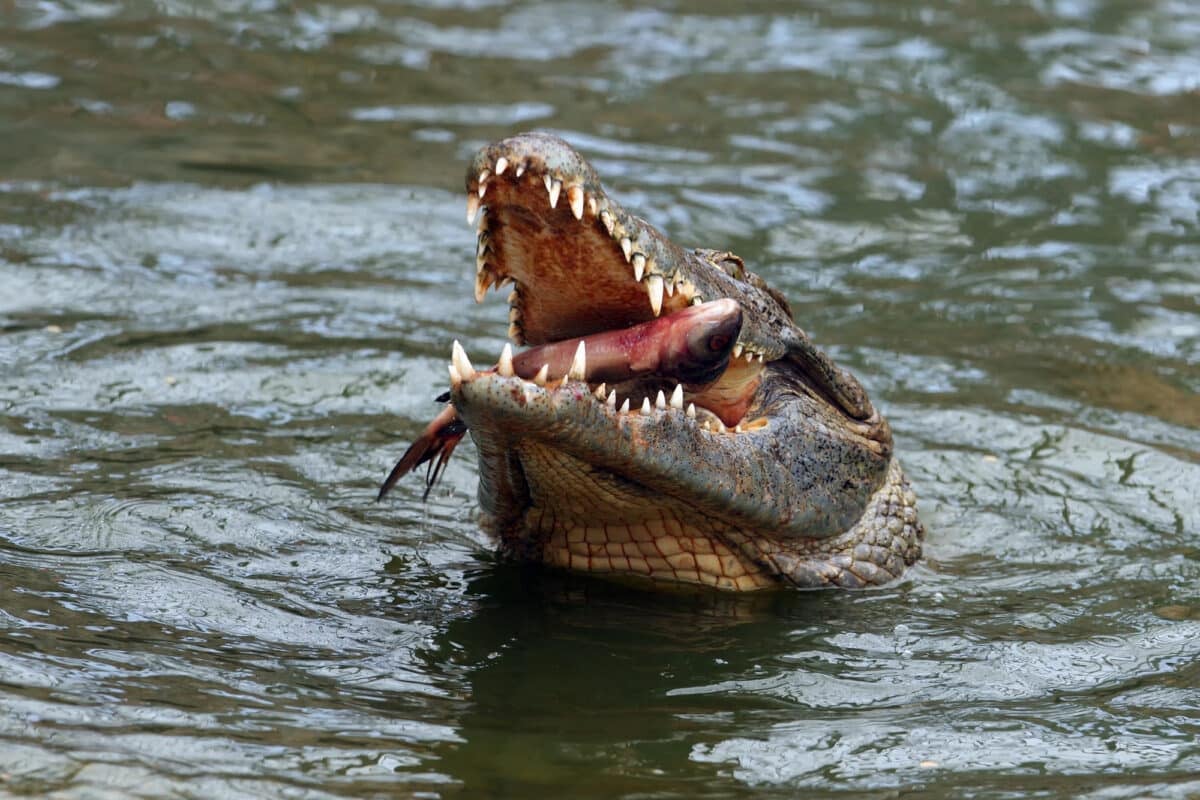
Named for its elongated snout reminiscent of a crocodile, the crocodile fish (Cymbacephalus beauforti) exemplifies the sit-and-wait hunting strategy. These bottom-dwelling ambush predators possess cryptic coloration patterns of browns, grays, and tans that render them nearly invisible against sandy or rubble-strewn sea floors. Their most distinctive features are the upward-facing eyes that allow them to spot potential prey while keeping their body concealed on the bottom. These eyes can move independently, giving the crocodile fish extraordinary visual coverage without having to move its body and potentially reveal its position. When hunting, the crocodile fish will often partially bury itself in sand or sediment, further reducing its visibility. It remains motionless, sometimes for hours, until prey ventures within striking distance. When the moment is right, it lunges upward with surprising speed, using its large mouth to create a vacuum that draws in the prey. Once captured, the prey is quickly swallowed whole, as the crocodile fish’s teeth are designed for grasping rather than chewing. This patient predator demonstrates how specialized adaptations for stealth can be more advantageous than raw speed in certain ecological niches.
6. Lionfish The Flamboyant Stalker
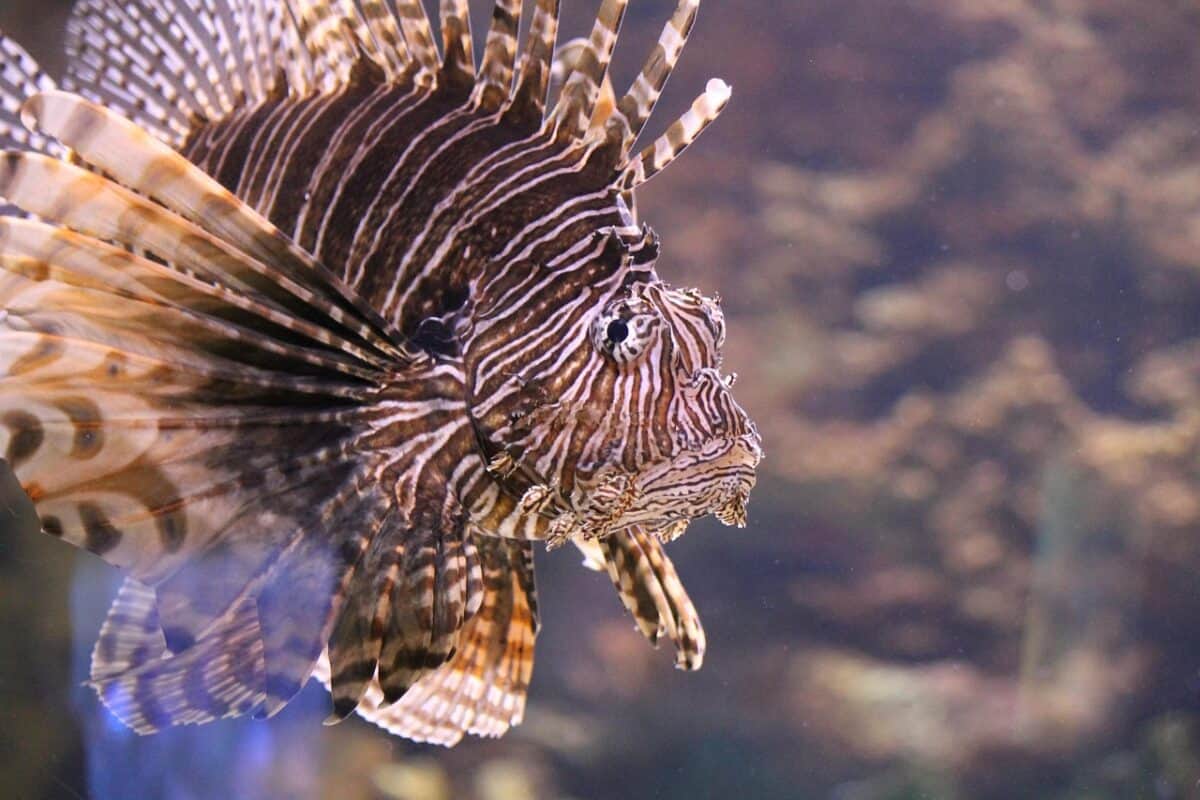
The lionfish presents a paradox in the stealth-hunting world—it’s vibrantly colored with dramatic red, white, and black bands and adorned with fan-like fins, yet remains a devastatingly effective ambush predator. Unlike more cryptically colored hunters, the lionfish employs a different approach to stealth. Its distinctive striped pattern actually breaks up its outline among coral reefs, while its elaborate fins disguise its true shape and direction of movement. When hunting, lionfish slowly approach their prey, using their large pectoral fins to corner small fish against reef structures. In a fascinating display of strategic hunting, they use these elongated fins to herd and disorient prey before striking. The actual attack comes with lightning speed, as the lionfish opens its mouth to create a powerful suction that draws in the prey in mere milliseconds. Their bodies are armed with up to 18 venomous spines that deter potential predators, allowing them to hunt without fear of becoming prey themselves. This combination of disruptive coloration, strategic herding behavior, and defensive protection has made invasive lionfish particularly destructive outside their native Indo-Pacific range, where they’ve become one of the most successful ambush predators in Atlantic and Caribbean ecosystems.
5. Mantis Shrimp The High-Speed Ambusher

While the mantis shrimp might seem out of place on a list of stealthy predators given its remarkable striking speed, its hunting strategy begins with careful concealment. These marine crustaceans typically hide in burrows or crevices in the reef, revealing only their stalked eyes as they scan for potential prey. Mantis shrimp fall into two main hunting categories: “spearers” with sharp barbed appendages for impaling soft-bodied prey, and “smashers” with club-like appendages that can deliver explosive force. What makes their hunting technique remarkable is the contrast between their patient waiting and the explosive speed of their strike. A smasher mantis shrimp’s strike can reach speeds of 23 meters per second, generating forces exceeding 1,500 newtons—enough to break aquarium glass. This strike creates cavitation bubbles that collapse to produce a secondary shock wave, effectively giving the prey a double hit. The entire attack sequence happens in under 8 milliseconds, making it one of the fastest movements in the animal kingdom. The mantis shrimp demonstrates that even the fastest hunters in the ocean often rely on stealth and ambush to position themselves before unleashing their remarkable speed.
4. Scorpionfish The Reef Phantom
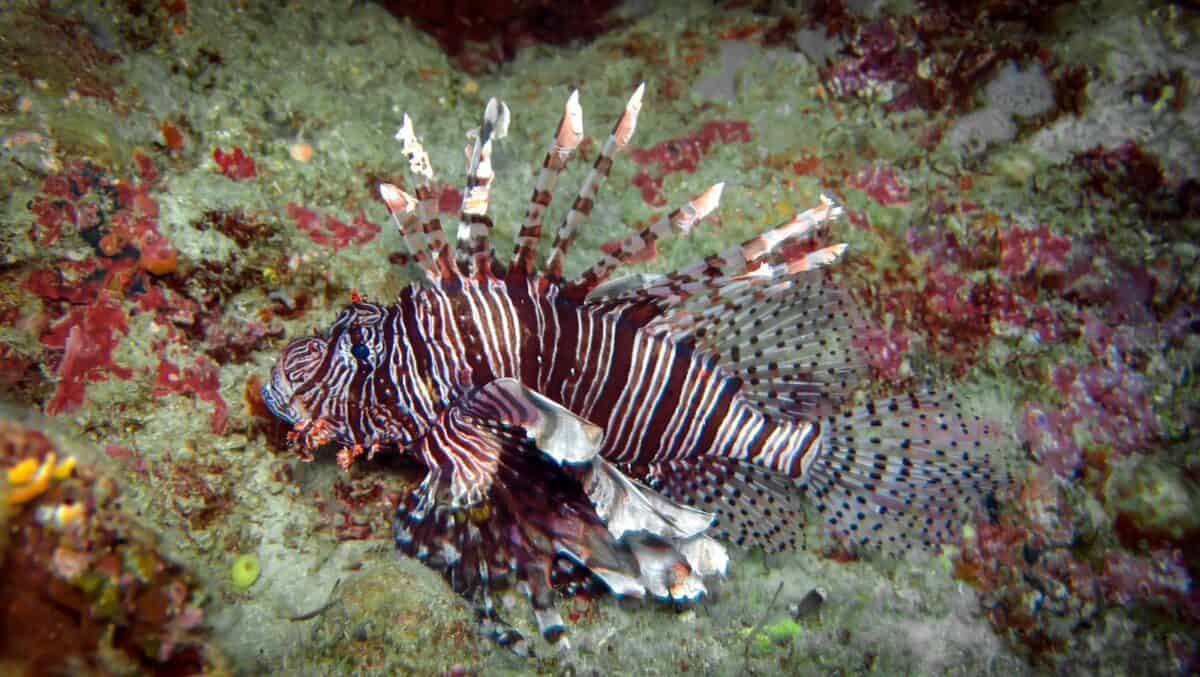
Related to stonefishes but generally less venomous, scorpionfish have perfected the art of disappearing in plain sight. Their bodies feature a complex arrangement of skin flaps, ridges, and appendages that break up their outline and mimic the texture of coral reefs, rocks, or debris. Their coloration ranges from mottled reds and browns to yellows and greens, allowing different species to blend into various reef environments. Some scorpionfish species can even grow algae on their skin, further enhancing their disguise. These masters of disguise typically remain motionless for extended periods, sitting on the seafloor or among coral branches, waiting for prey to approach within striking distance. When a suitable target swims near, the scorpionfish’s attack is sudden and powerful. They can open their mouths with enough force to create a vacuum effect that sucks in nearby prey, striking in approximately 0.05 seconds. Their large mouths can expand dramatically, allowing them to consume prey up to half their own body size. Like many ambush predators, scorpionfish possess defensive venomous spines along their dorsal, anal, and pelvic fins that make them dangerous to handle and provide protection from larger predators while they remain stationary during hunting.
3. Cuttlefish The Master of Illusion
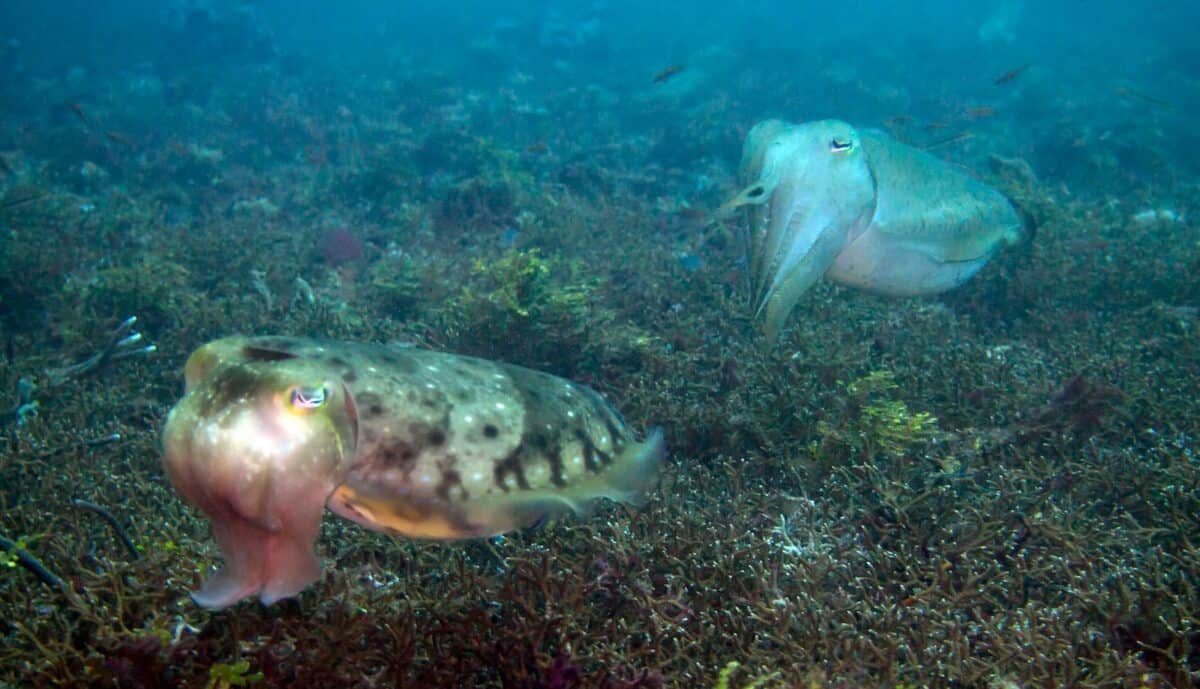
Cuttlefish represent perhaps the most sophisticated visual deception specialists in the ocean. These relatives of octopuses and squid possess the most advanced color-changing abilities of any animal, capable of instantaneously shifting their appearance through specialized cells called chromatophores, leucophores, and iridophores. Their camouflage isn’t limited to color—they can also change the texture of their skin to match rough or smooth surfaces and create patterns that break up their outline. What separates cuttlefish from many other stealth predators is their active hunting approach. Rather than remaining stationary, they often stalk their prey while continuously adjusting their camouflage to match the changing background. When hunting, cuttlefish employ a hypnotic display of undulating color patterns with their waving tentacles, which is thought to mesmerize or confuse prey. This phenomenon, called dynamic mimicry, resembles the movement of light through water. When within striking range, the cuttlefish shoots out two specialized feeding tentacles to grab prey in a fraction of a second, pulling it back to their beak for consumption. Their remarkable W-shaped pupils provide excellent depth perception, allowing precise distance judgment when striking. These intelligent hunters demonstrate that stealth can involve sophisticated active deception rather than just passive concealment.
2. Carpet Shark The Nocturnal Stalker

The carpet shark family, which includes wobbegong sharks, features several specialized nocturnal hunters that have evolved for stealth rather than pursuit. Species like the epaulette shark have developed a distinctive method of hunting in shallow reef environments. Their slender bodies are adorned with large dark spots on a light background—a pattern that breaks up their silhouette when viewed from above, especially in the dappled moonlight of their preferred hunting hours. Unlike many sharks that must swim continuously, carpet sharks can use their muscular fins to “walk” across the seafloor and even between tide pools, allowing them to access prey in extremely shallow waters where more traditional swimming would be impossible. These sharks have evolved sensory adaptations particularly suited for stealth hunting, including an enhanced ability to detect electric fields generated by prey hiding under sand through specialized organs called ampullae of Lorenzini. When hunting, they often employ a technique called “corner feeding,” using their body to block off escape routes in tide pools or reef channels, essentially trapping prey in an ever-shrinking space. Their flexible bodies can contort to reach into crevices where prey might hide, and their relatively small mouths create powerful suction to extract concealed prey from tight spaces.
1. Stingray The Sand-Veiled Hunter

While often thought of as peaceful bottom-dwellers, stingrays are actually highly effective stealth predators that have refined the art of ambush hunting. Their distinctively flattened bodies allow them to completely bury themselves in sand or mud, with only their eyes and spiracles (specialized respiratory openings) exposed. This concealment strategy enables them to become virtually undetectable to prey swimming above. Many species possess countershading—darker coloration on top and lighter underneath—that makes them difficult to spot from both above and below. Their specialized electroreceptors can detect the minute electrical fields generated by prey animals’ muscle movements, allowing stingrays to precisely locate food items even when completely buried and without visual contact. When prey approaches, stingrays employ two main hunting techniques: either rapidly emerging from the sand to trap prey beneath their “wings” (pectoral fins), or using their disc-like body to create suction by quickly lifting upward, pulling prey from hiding places. Some species will even use their wings to actively flush out buried prey by fanning away sand and sediment. Once captured, prey is manipulated to the mouth on the underside of the body, where plate-like teeth crush hard-shelled organisms like mollusks and crustaceans. This combination of perfect concealment, specialized sensory equipment, and varied hunting techniques makes stingrays among the ocean’s most successful ambush predators.
Conclusion: Nature’s Masters of Deception
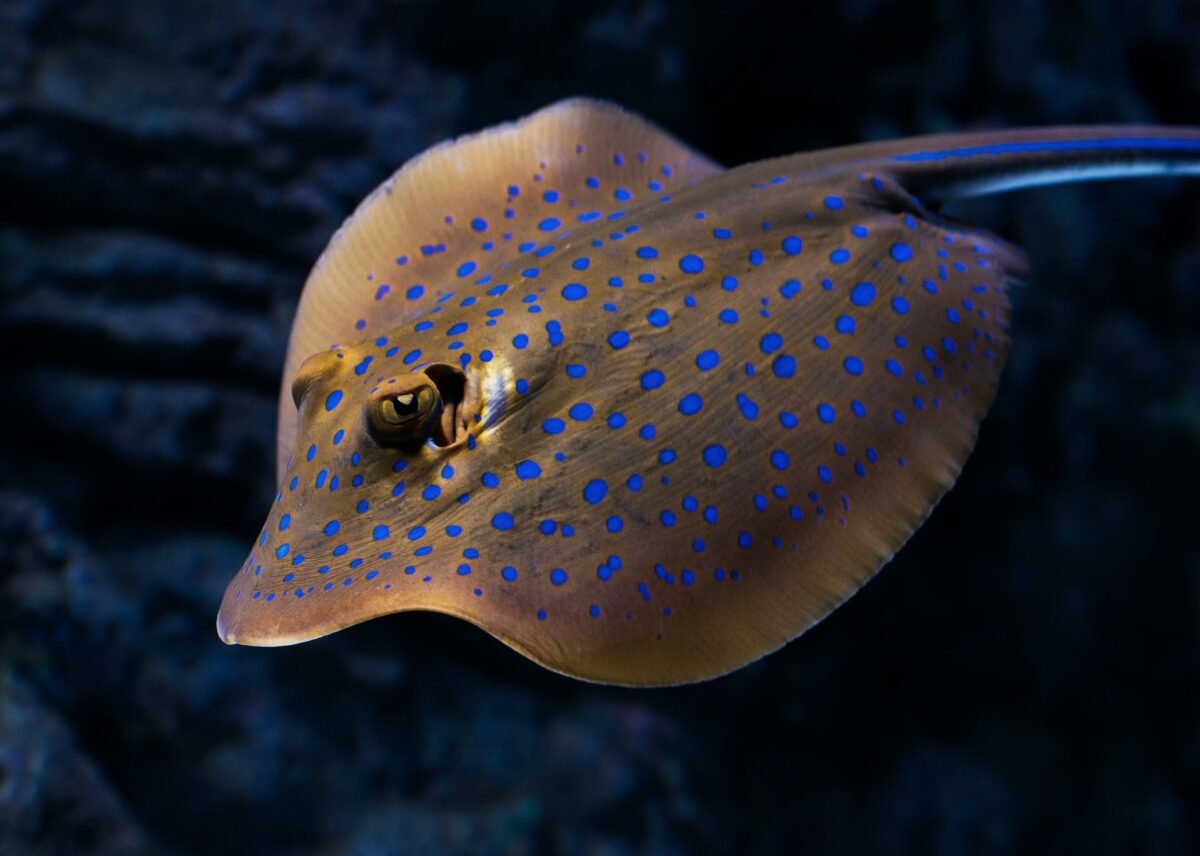
The ocean’s stealthy predators reveal an extraordinary evolutionary narrative where patience, camouflage, and deception have proven just as valuable as raw speed in the underwater arms race. From the perfectly disguised stonefish to the shape-shifting octopus, these hunters demonstrate nature’s remarkable capacity to develop specialized adaptations for particular ecological niches. Their success challenges our conventional understanding of predation, showing that sometimes the most effective hunter isn’t the fastest or strongest, but rather the most patient and deceptive. As we continue to explore the ocean depths, we’ll likely discover even more sophisticated examples of stealth hunting strategies that have evolved over millions of years. These masters of deception not only fascinate us with their remarkable abilities but also inspire biomimetic applications in fields ranging from military technology to robotics—proving that sometimes nature’s stealthiest solutions can be its most instructive.
- 14 Creatures That Can Freeze and Thaw Back to Life - August 9, 2025
- 10 Animals That Risked Their Lives to Save Humans - August 9, 2025
- 14 Reasons Why Bears Are Afraid of Humans (Most of the Time) - August 9, 2025

